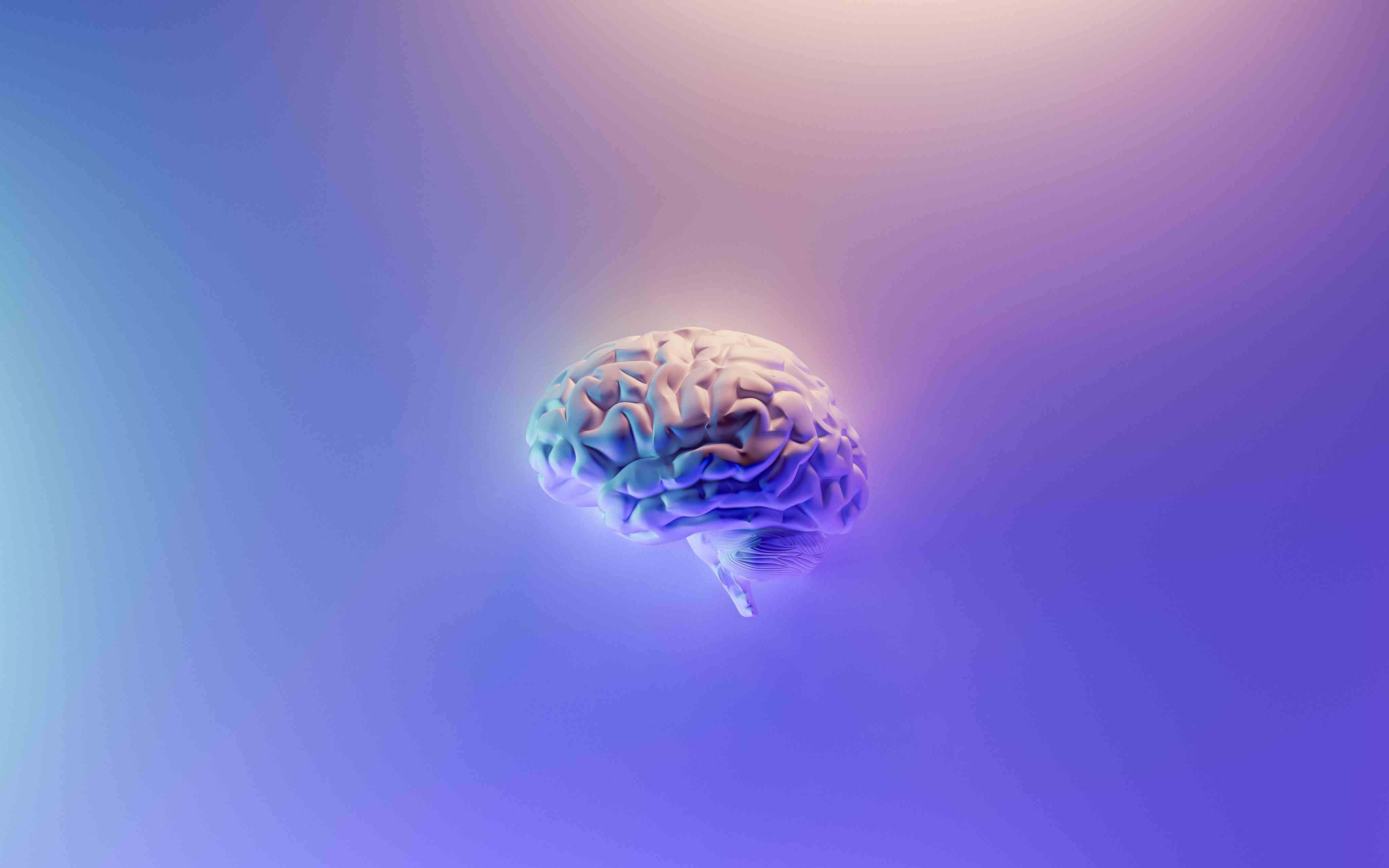Image classification is the process of assigning labels to images based on their content. Deep convolutional neural networks (DCNNs) are a type of deep learning technique used to accurately classify images. DCNNs consist of multiple layers of neurons which receive inputs and apply filters to them. The output of each layer is then passed on to the next layer and the final output is used to determine the class of the image.\n\nThe use of DCNNs for image classification has several advantages over other methods such as Support Vector Machines (SVMs). For example, DCNNs are able to learn complex features from the data automatically, whereas SVMs require manual feature engineering. DCNNs also require fewer training examples compared to SVMs, making them faster to train. \n\nDCNNs can be trained in two ways: supervised and unsupervised learning. In supervised learning, labeled images are used to teach the model how to classify different classes of images. Unsupervised learning requires no labels and instead uses clustering algorithms to group similar input images together.\n\nWhen training a DCNN, it is important to choose an appropriate network architecture based on the task at hand and the desired accuracy. One popular choice is the AlexNet architecture, which consists of five convolutional layers followed by three fully-connected layers. Other architectures such as VGGNet, ResNet, GoogLeNet and SqueezeNet can also be used.\n\nDCNNs have attained state-of-the-art results in various computer vision tasks such as object detection, semantic segmentation, and scene recognition. They are also being used for medical image analysis, autonomous driving, and facial recognition.\n\nIn conclusion, DCNNs are highly effective for image classification tasks due to their ability to learn features automatically, their low requirement for labelled training data and the variety of network architectures available. This makes them an ideal choice for a wide range of applications.
Read more here: External Link
